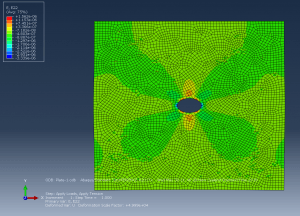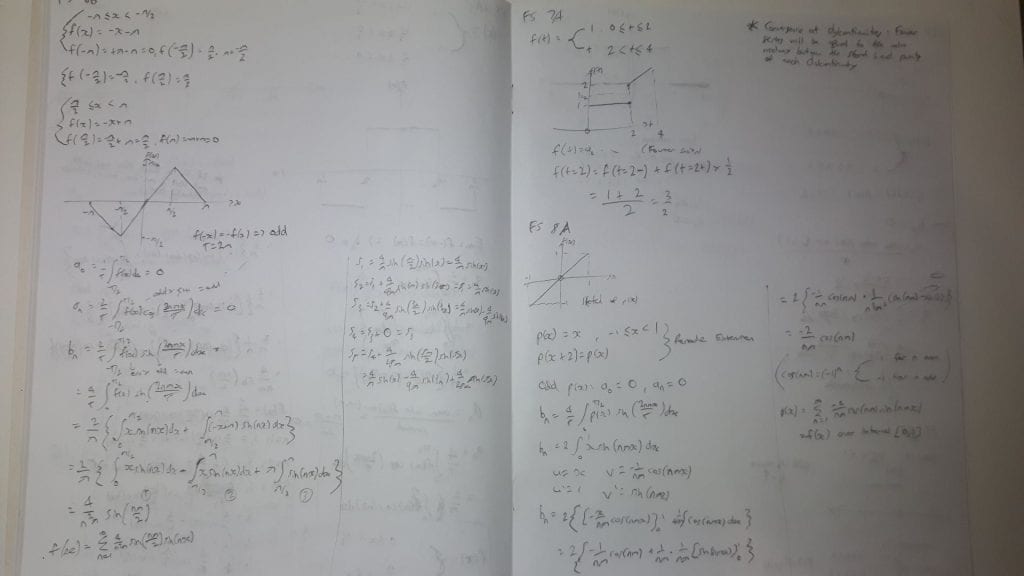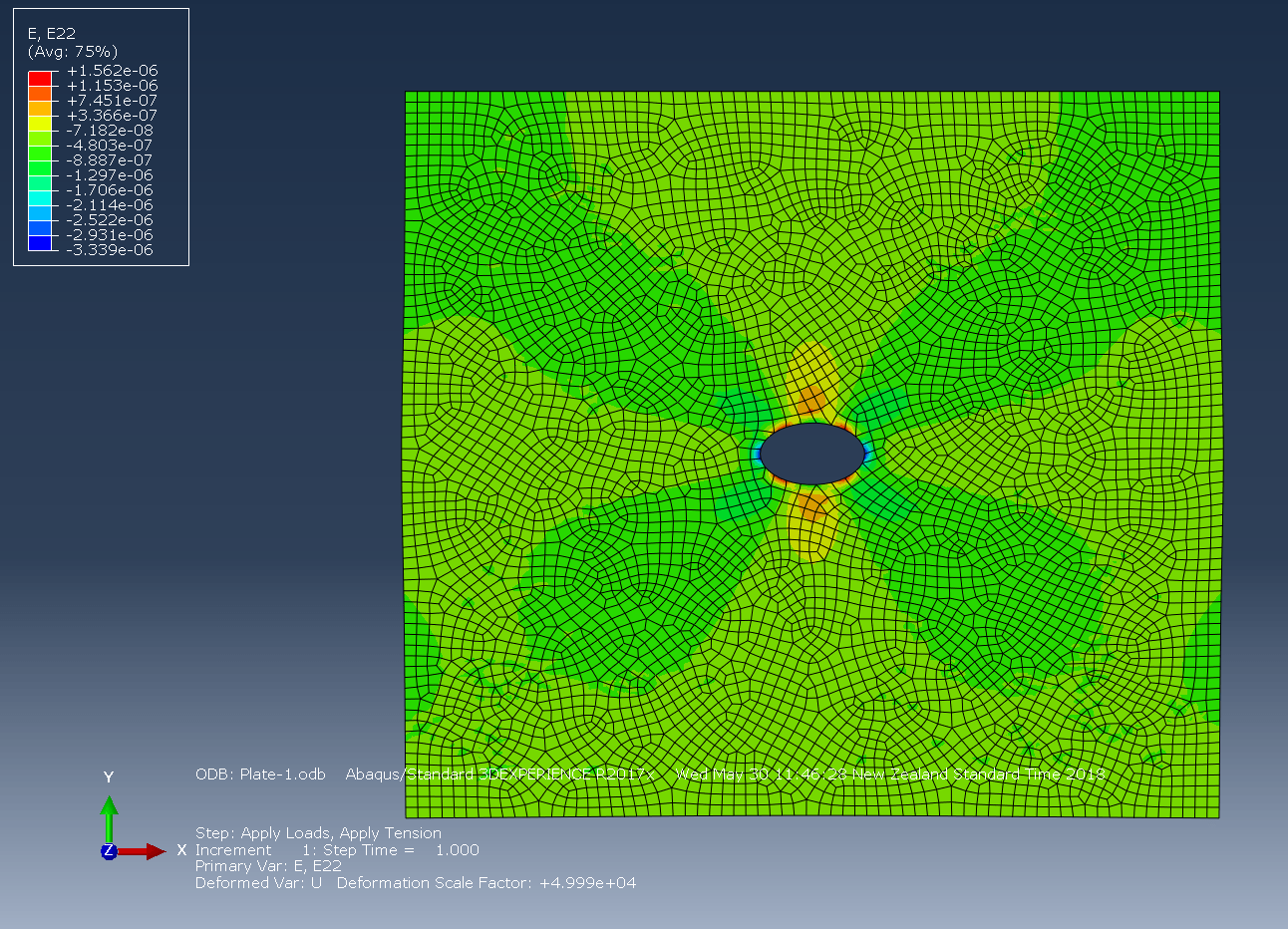And I’m back! Hope you’re all having a wonderful mid-semester break (or, for some of us, a wonderful MEDSCI 142 cramming session)! We left off last time by covering 2 out of the 4 courses that all young biomedical engineers have to take (more if you’re doing a science conjoint, but hey, this isn’t a science blog), ENGSCI 233 and BIOSCI 107. Let’s complete the next half of this journey and look at 2 more fascinating courses that continue to draw upon what you learn in first-year!
BIOMENG 221 is an unlikely combination between CHEMMAT 121 and the statics portion of ENGGEN 121. Oh statics, how little I missed you. If you’re like me then one of your reasons for considering Biomedical (or any specialisation that’s not Civil or Mechanical for that matter) would probably be to escape the wrath of Hazim’s holy steps. But there are some engineering principles you might not fancy that are so deeply embedded within every man, machine and living thing out there, that you just have to learn them to make any progress as an engineer. And they’re not too hard to learn. 221 teaches you how stresses and strains affect different materials, whether they’re man-made or biological, or under different loading conditions such as axial loading, shear and torsion. What is hard though is actually understanding them.
A few days before the test you might feel confident about all the time you spent re-watching lectures, writing notes, and answering past questions. Come test day and, if you didn’t bother to understand the content, you may struggle because the questions you’re being asked look nothing like the ones you practiced. That’s where my friend Richard Feynman can help. If you don’t know who Feynman is, then imagine the genius of Einstein’s theories and the eloquence of Obama’s speeches existing in one powerful human being. That being is Richard Feynman. Unfortunately, he hasn’t been in this world for 30 years, but he left a key message for anyone studying in a technical field… if you can’t explain what you learned to yourself or anyone else in the simplest way possible, then you haven’t understood it. The formulae in 221 are simple, but the underlying concepts are what really make or break you. Understand the core principles of the mechanics taught in 221, and you’ll be well on your way to becoming the Feynman of biomedical engineering.

Last but not least, ENGSCI 211. I did this course in summer school so it’s been a while but basically, 211 is an advanced version of ENGSCI 111. Ordinary differential equations, multivariable calculus, Fourier series and linear algebra are all topics that I absolutely enjoyed learning about because so much of the math you learn here is used in parts of other courses like coding up numerical methods in 233 or finding stress matrices in 221 (they’re actually called tensors, search them up if you’re interested… or just do BME and learn everything about them).
One thing that every second-year engineering student frowns upon is the data analysis portion of this course. Student engineers really like writing in numbers rather than words, for some reason. There are a bunch of funky statistical formulae to memorise along with short answer questions strewn across our tests and assignments, but it’s not a big deal. And guess what, another programming language to learn! It’s called R and it was invented right here at The University of Auckland. You don’t have to use it very often, and there are some assignments that are all done in R but the statistics within them is close to high school level. Overall, 211 is a great setup for any maths you could ever end up doing in any specialisation.

And that concludes our journey through semester 1 of biomedical engineering! I hope you learnt something, I know I did while writing these blogs and remembering everything I’d done so far. Now I can finally answer the question that probably enticed you to read this blog: where did all that time go? You see, all that time went into scratching the surface of a vast field of all the knowledge that’s out there on how we can combine man and machine to make the world a better place. There’s much to learn in a rapidly evolving field such as biomedical engineering. I can’t wait to continue this journey and take you along for the ride.
– Nicholas
Email: nkon918@aucklanduni.ac.nz
Facebook: www.facebook.com/nicholas.kondal
LinkedIn: www.linkedin.com/in/nicholas-kondal
